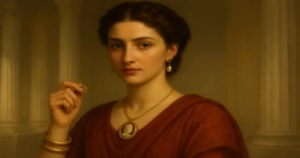Imagine walking through a grand Roman villa, the walls echoing tales of ancient gods and heroic myths. Beneath your feet lies a floor that’s more than just stone—it’s a canvas. Each step takes you across a tapestry of tiny tiles, arranged with stunning precision. Roman Mosaic Art is an ancient craft. It blends engineering, storytelling, and beauty to create lasting works of art. These mosaics were more than decorations. They served as a visual language. They shared their beliefs, noted victories, and revealed their status. Every tile was placed with intention, telling stories through texture and color. It’s no wonder Roman mosaic floors are still admired in museums and archaeological sites around the world.
Roman Mosaic Art began in the 2nd century BCE and spread throughout the Roman Empire, reaching places from Britain to North Africa. Mosaics are composed of small pieces of colored stone, pottery, or glass called tesserae. They cover floors, walls, and even ceilings in temples, homes, and public spaces. These mosaics often depicted scenes from myths, nature, battles, daily life, and even Ancient Rome Jewelry, showing the styles and adornments popular among Romans.
The best part? You don’t have to be in Pompeii or Rome to enjoy the magic of Roman Mosaic Art. You can create a mosaic at home with a few simple materials and a little imagination. Creating a mosaic allows you to tap into a tradition that has lasted for centuries. It’s perfect for school projects, DIY home decor, or just a fun art activity. Explore geometry, color, and design. Copy the materials and methods used by ancient artisans. This hands-on approach makes learning more meaningful. It’s also a meditative process. You cut, arrange, and glue each piece to create a bigger picture. So, ready to bring Roman history into your living room? Let’s dive into this timeless craft and unleash your inner mosaic maker!
What Are Roman Mosaics?
Roman Mosaic Art pieces made by fitting together many tiny bits, called tesserae, to form detailed patterns or pictures. These tesserae were often made from stone, ceramic, colored glass, or shells. Roman artists created them to produce lovely, durable surfaces that could last for centuries. Mosaics were more than decoration. They showed a homeowner’s status, taste, and knowledge of mythology, nature, and current events.
You could find these mosaics on the floors of Roman villas, in lavish bathhouses, along temple walls, and even on ceilings. Some designs were simple. They had repeating black-and-white geometric patterns. This was common in entryways and utility rooms. Some were stunningly detailed. They showed Roman myths, famous battles, wildlife, and still-life scenes. These included fruit bowls and wine jugs.
Roman Mosaic Art stood out for its beauty and its practicality. It was also known for its long-lasting nature. These designs could span large areas and were often aimed to impress guests. They made homes and public areas places for storytelling. This helped keep Roman culture alive for future generations. Many of these mosaics still exist. They offer a glimpse into the lives and values of ancient Romans.
Fun Fact
The oldest Roman mosaics date back to the 2nd century BCE. Many have survived thousands of years—proof that good art is timeless!
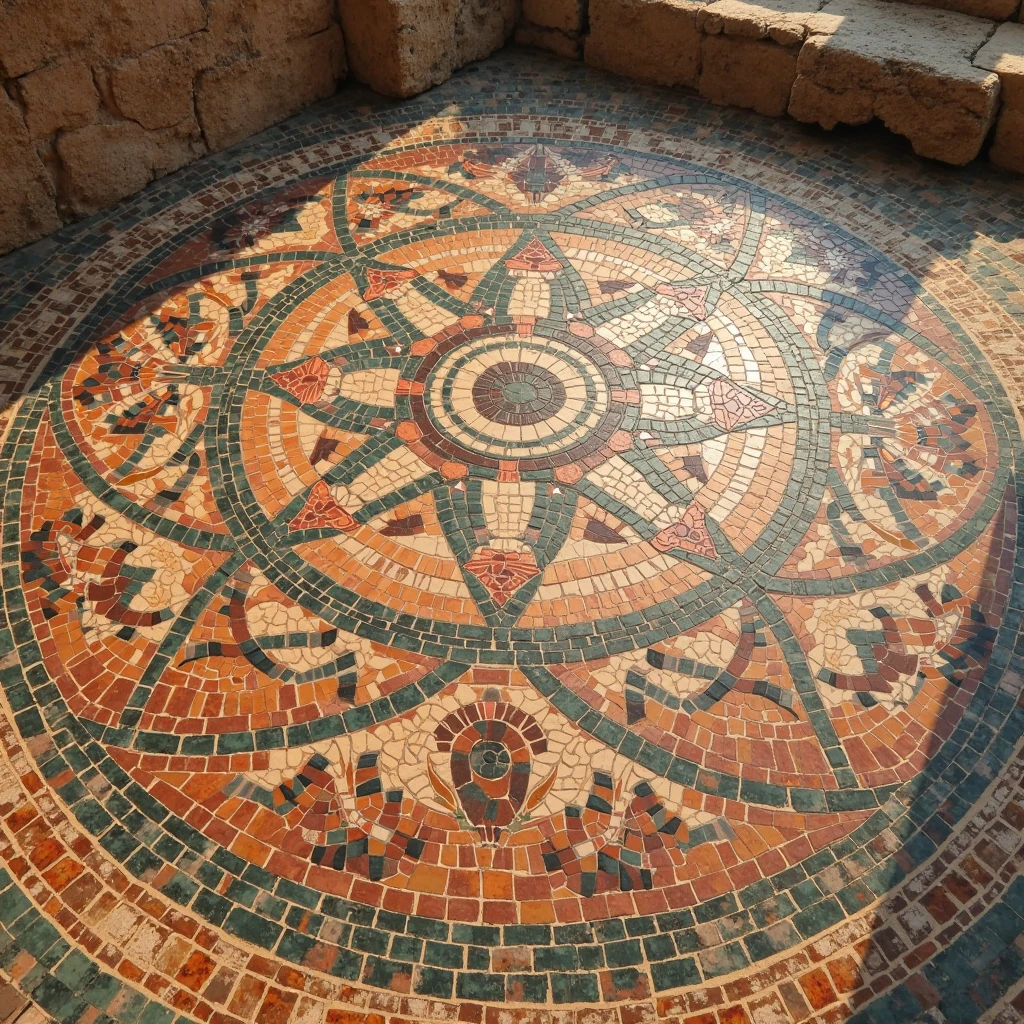
Why Make Your Mosaic?
Mosaics aren’t just for archaeologists! Creating your own:
- Recycle materials: Use broken tiles, old dishes, or sea glass.
- Sparks creativity: No rules—just colors, shapes, and your imagination.
- Relaxes the mind: Focusing on placing each piece is like meditation.
Plus, you’ll join a tradition that’s over 2,000 years old. How cool is that?
What You’ll Need
Don’t worry—you won’t need a team of Roman enslaved people or rare marble. Here’s the essential toolkit:
- Base: A wooden board, terracotta pot, or stepping stone.
- Tesserae: Broken tiles, glass beads, pebbles, or even seashells.
- Adhesive: Waterproof tile glue or strong craft glue.
- Grout: Sanded grout (choose a color that complements your tiles).
- Tools: Safety goggles (for breaking tiles), tweezers, a popsicle stick, and a sponge.
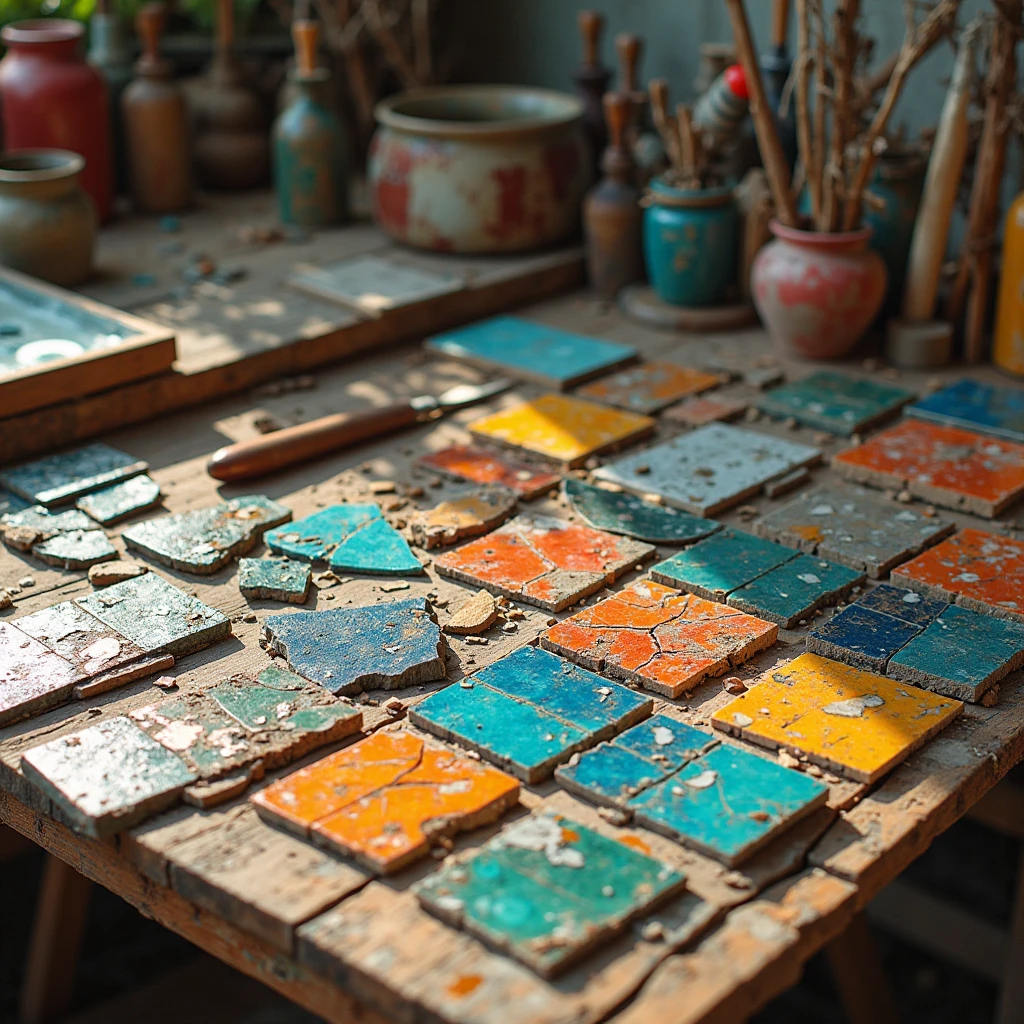
Step 1: Plan Your Design
Start simple! Roman mosaics often featured:
- Geometric patterns: Circles, squares, or zigzags.
- Nature motifs: Fish, birds, vines, or flowers.
- Mythological figures: Think Medusa or Neptune (if you feel ambitious).
Sketch your design on paper first, or go freestyle. Pro tip: Use a pencil to outline your base lightly.
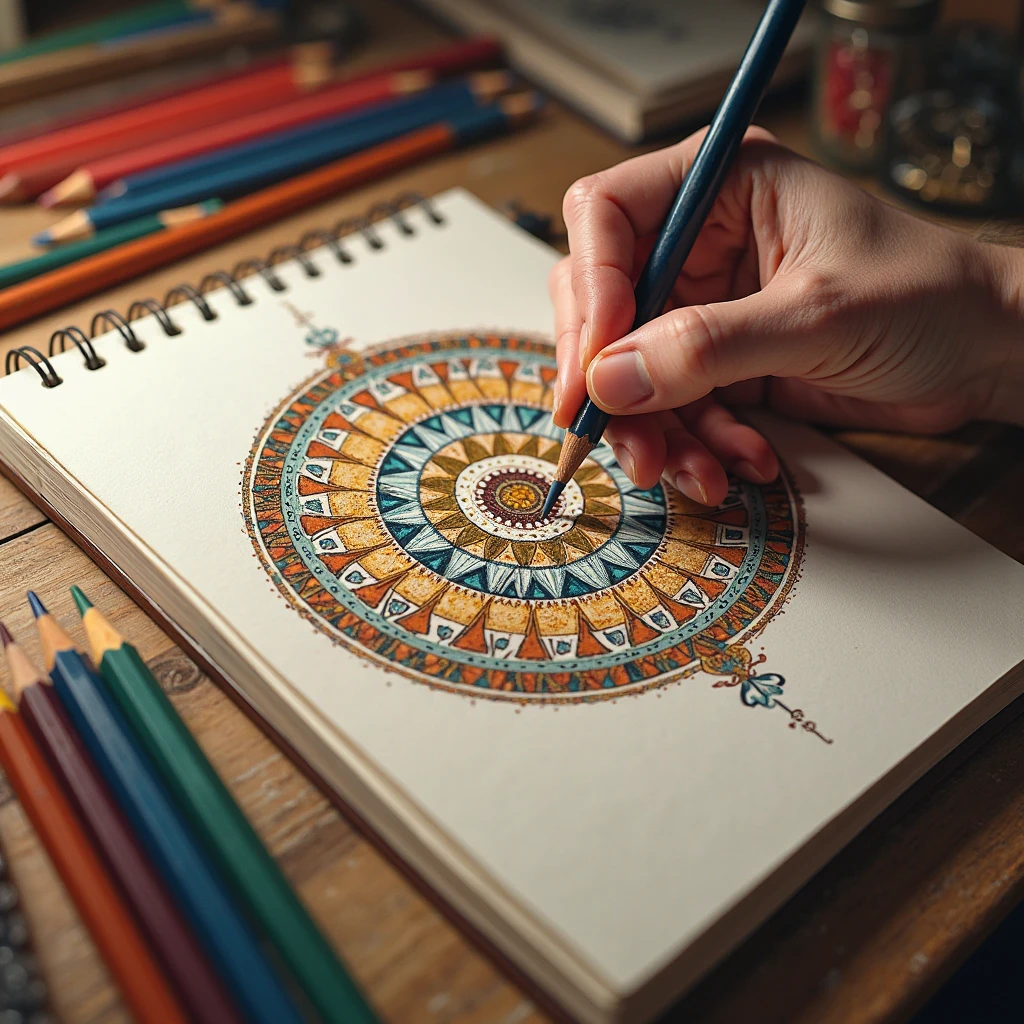
Step 2: Break Tiles (Safely!)
Wrap tiles in a cloth and gently tap with a hammer to break them into small, uneven pieces. Wear safety goggles! Aim for pieces no bigger than a nickel. Mix colors and textures for a vintage Roman look.
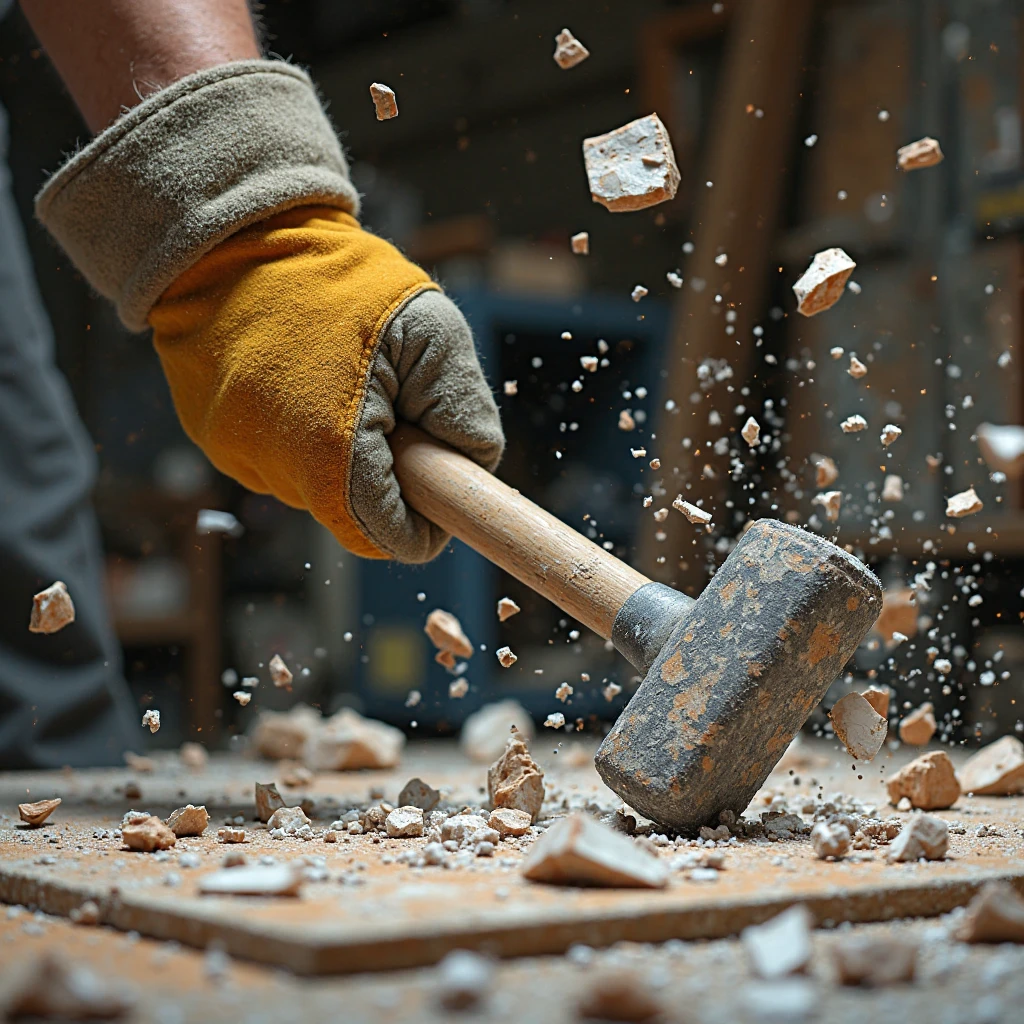
Step 3: Glue Down Your Tiles
Spread glue on your base in small sections and press tiles into place. Leave tiny gaps between pieces for grout. Start from the center and work outward for symmetrical designs. Use tweezers for tricky spots!
Pro Tip: Romans often used a “random” placement style—don’t stress about perfection!
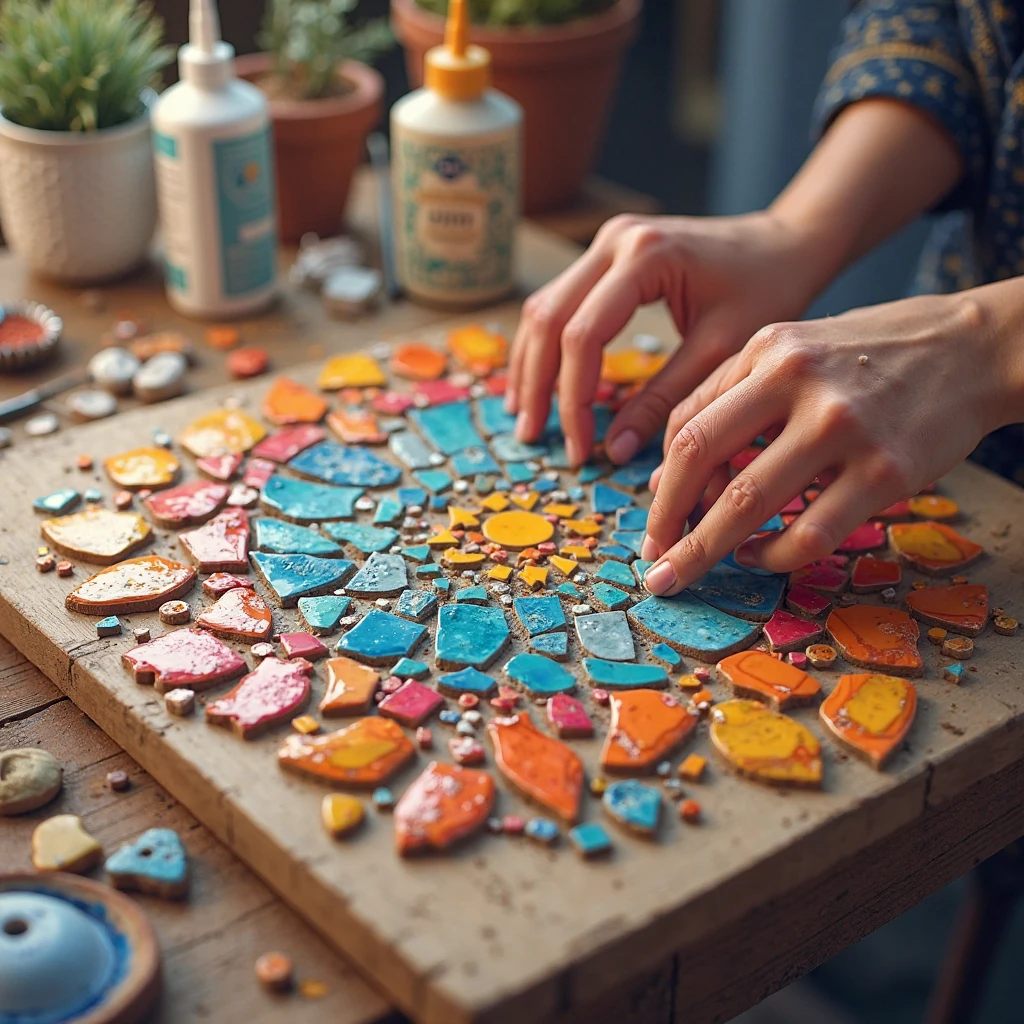
Step 4: Grout Like a Pro
Once the glue dries (check the label—it’s usually 24 hours), mix grout with water until it’s like peanut butter and spread it over the tiles, pushing it into the gaps. Wipe away excess with a damp sponge. Let it dry, then polish with a soft cloth.
Warning: Grout is messy! Cover your workspace with newspaper.
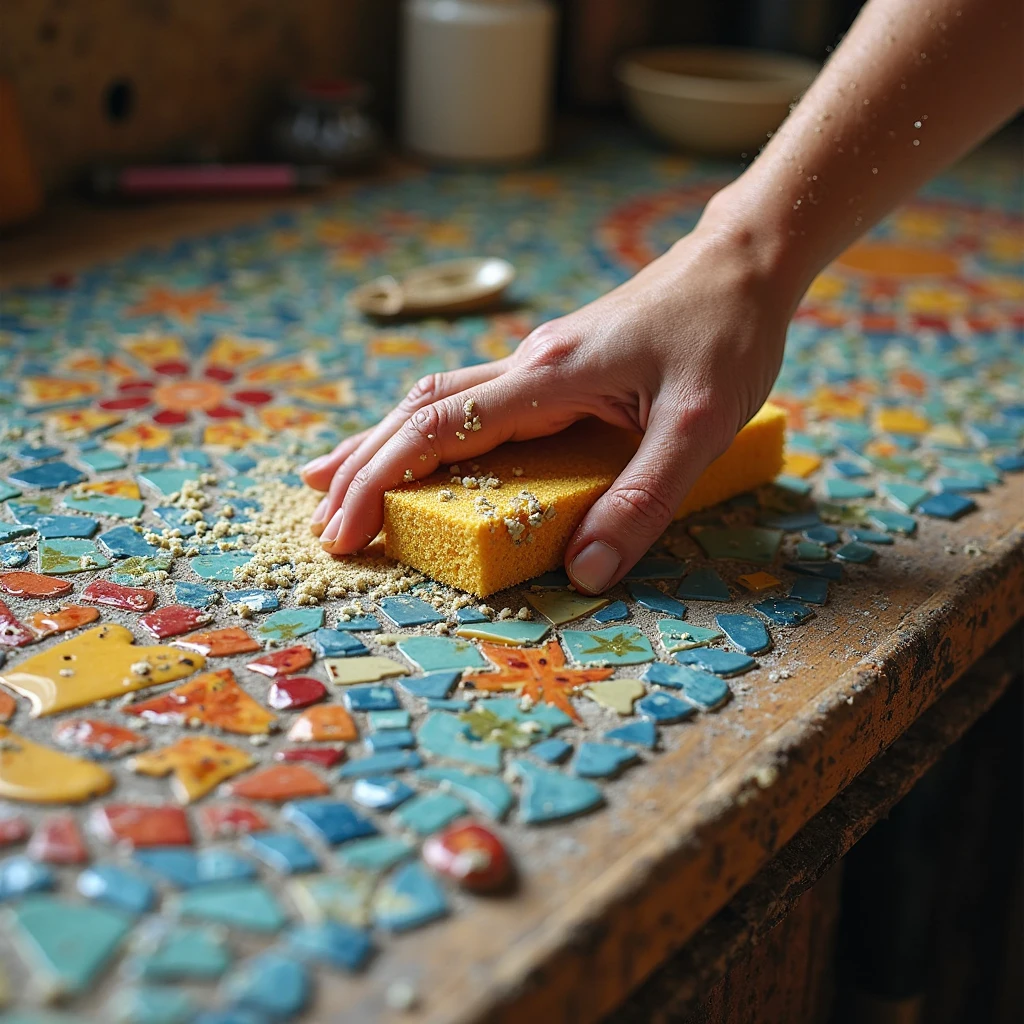
Step 5: Display Your Masterpiece
Roman mosaics were made to last—seal your art with a grout sealer if it’ll live outdoors. Then, show it off! Turn it into a wall hanging, tabletop, or garden decoration.
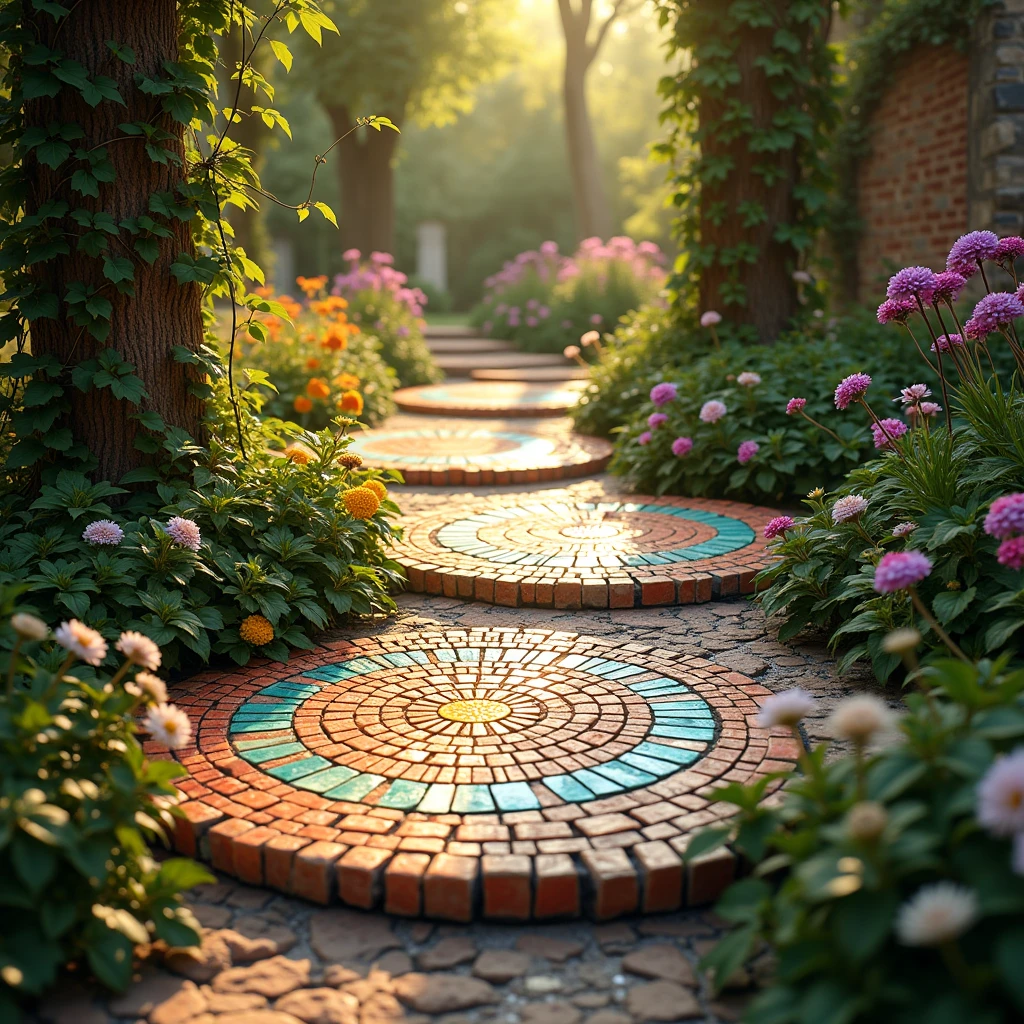
Why Roman Mosaics Still Matter
Roman Mosaic Art isn’t just something to admire in museums—it’s a window into a lost world. These mosaics show stories of Roman life, culture, and beliefs. They capture moments that might be lost to time. Mosaics display a range of scenes. You can see gods, gladiators, fish markets, and vineyards. Each one acts like a visual time capsule. What makes them even more impressive is the technical skill behind them. The Romans carefully used geometry and art. They laid out thousands of tiny pieces by hand. This created a seamless image. In an era without digital tools, that skill is truly remarkable.
Creating or studying Roman Mosaic Art today brings us closer to that world. Each piece placed was a deliberate act of design and meaning. For the Romans, mosaics were more than decoration. They represented order, stability, and beauty in daily life. They displayed wealth, education, or refined taste. We celebrate a tradition of detail, patience, and storytelling. We replicate these designs or find inspiration in them.
We are encouraged to slow down by Roman mosaic art in our hectic, screen-filled existence. It invites us to enjoy the hands-on process of creating something meaningful. It’s more than an art project—it’s a way to blend creativity, history, and mindfulness. Roman mosaics inspire us. You can create a design at home or admire a 2,000-year-old masterpiece in a museum.
Fun Fact
Some Roman mosaics had hidden messages. For example, a picture of a dog meant “Beware of Dog,” just like modern yard signs!
Ready to Channel Your Inner Roman Artist?
Grab those broken tiles and let your creativity run wild. Whether you make a coaster, a wall plaque, or a mini Pantheon floor, you’re keeping an ancient tradition alive—one tiny tile at a time.
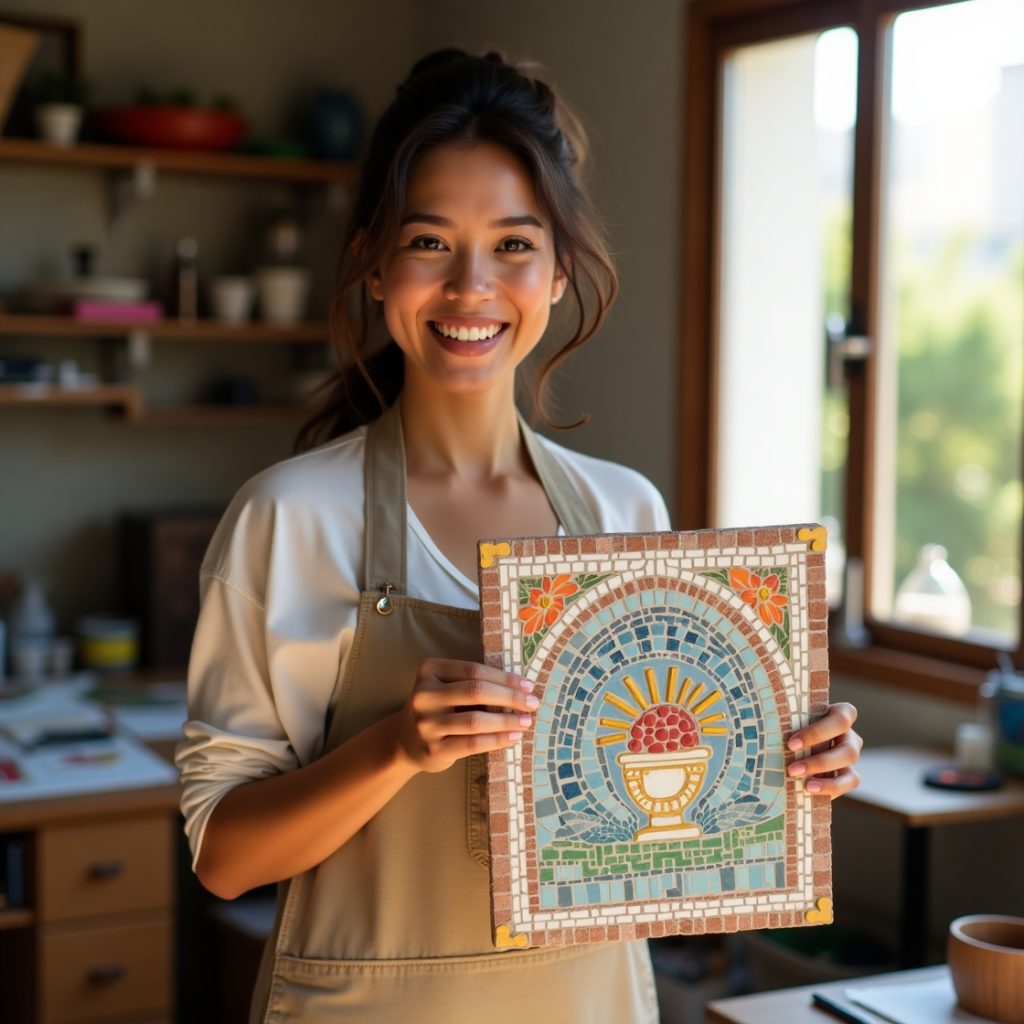
Conclusion
Creating your own Roman-inspired mosaic isn’t just a craft—it’s a journey through time. By arranging broken tiles into patterns that echo ancient designs, you’re connecting with a tradition that has decorated floors, walls, and stories for thousands of years. Whether you choose a simple geometric shape or a bold mythological scene, your mosaic becomes a piece of living history, blending the past with your personal creativity.
This project isn’t about perfection. Like the Romans, who celebrated both grandeur and imperfection in their art, your mosaic will shine because of its uniqueness. Those uneven edges? They add character. The mismatched colors? They tell a story. And the best part? You’ve given new life to materials that might’ve been tossed away, proving that beauty truly can rise from the broken.
So, hang your finished mosaic on a wall, place it in your garden, or gift it to someone special. Every time you look at it, you’ll remember that you’ve mastered an art form that outlived empires. Who knows? Maybe in 2,000 years, someone will stumble upon your work and wonder about the creative mind behind it.


